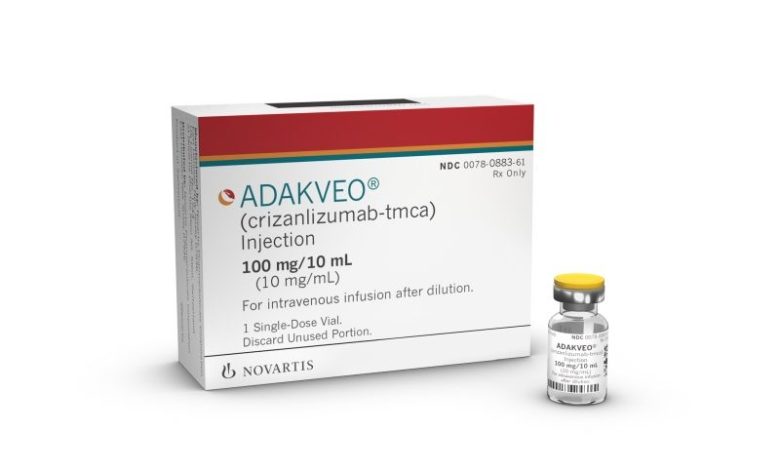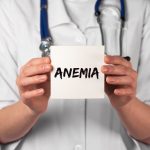UK’s MHRA Revokes Authorization For Novartis’ Sickle Cell Drug

The Medicines and Healthcare products Regulatory Agency (MHRA) of the United Kingdom announced on Wednesday the revocation of the conditional marketing authorization previously granted to Novartis’ sickle cell disease drug, Adakveo. This decision comes in the wake of Novartis’ voluntary recall of a specific batch of the medication. The MHRA cited a reassessment of the drug’s benefits-to-risk balance, deeming it no longer favorable.
Sickle cell disease is a hereditary condition characterized by abnormally shaped blood cells, leading to a range of serious health complications including strokes, organ damage, excruciating pain, and premature mortality.
This move by the MHRA aligns with a similar decision made by the European Medicines Agency (EMA) in the previous year, which also revoked approval for Adakveo. The revocation underscores the importance of rigorous evaluation and ongoing monitoring of pharmaceutical products to ensure patient safety and efficacy.





